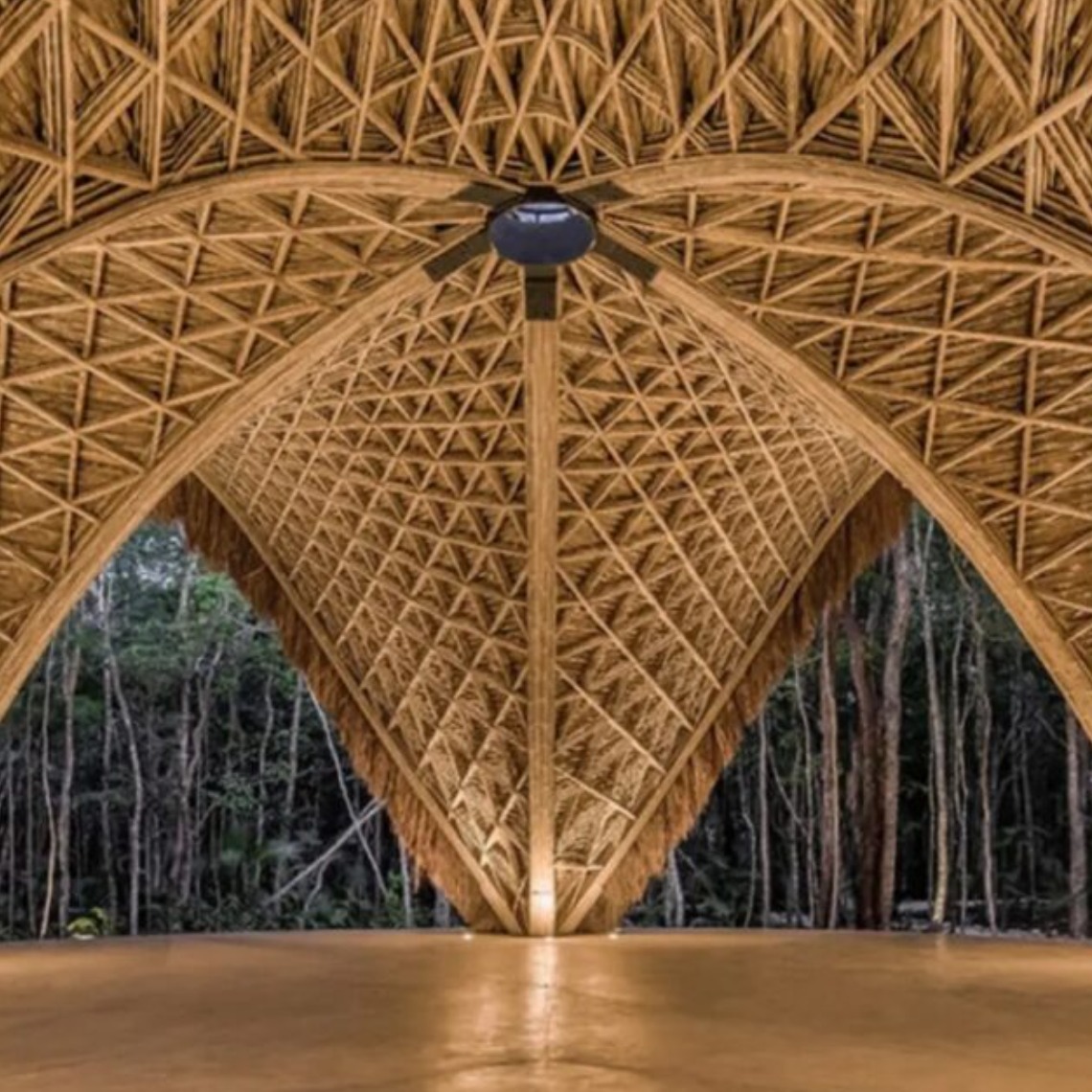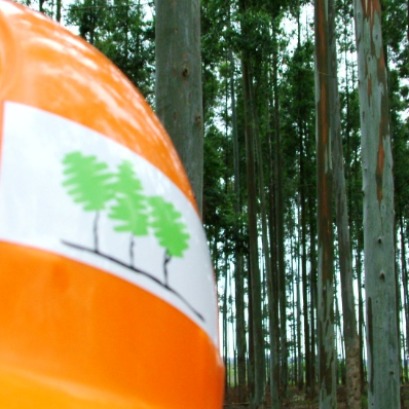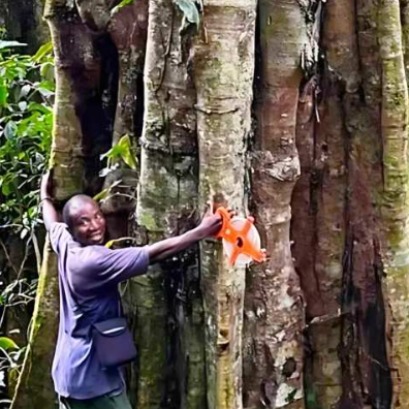
Construction resurrects a 4000 -year material: it is the perfect insulator, and stronger than the concrete
Develop sustainable alternatives for construction, although it is indispensable, can be complex and expensive and will take time until the changes are seen. That is why many sectors are going through the way and revisiting the old traditions, where we find a material used for thousands of years and could be of great help: bamboo.
The architects are reliving an ancient material: what is special for bamboo? Thousands of years ago humanity was able to build and forge without using electricity or fossil fuels. Given this, it is logical A series of very convenient advantages, such as having a low cost and being simple to mount. Different cultures have used it in construction over the centuries and current technologies allow to expand its benefits almost infinitely. Bamboo cane offers a comparable resistance to Iron, so it is capable of supporting seismic movements of considerable intensity. In addition, it favors cross ventilation, creating fresh and moisture free environments. On the other hand, it is extremely flexible and light, which makes it easy to transport and save a good part of the budget in labor. The versatility of the bamboo: a material that offers thousands of possibility of bamboo culture in propitious environments is simple. It is a plant that grows at a rate of up to a meter per day and it is not necessary to replant it, since, when cutting it, new outbreaks grow naturally in a short time. This makes little surface required and that is a renewable resource that also has a structure capable of absorbing large amounts of CO2.It is also a material that requires simple tools and allows erecting structures quickly. In case of earthquakes, its lightness and flexibility make it much safer and represents less risks due to collapse. It can also be easily integrated with other materials such as wood, concrete and galvanized iron to increase its structural resistance. Bamboo offers properties similar to wood, with the difference that requires between four and five years of maturation, while wood takes decades until you are usable. In addition, according to studies and tests, it can offer a resistance even twice than cement and concrete. Because of its composition it is igniphed and can support temperatures of up to 400º. Bamboo APPLICATIONS IN THE ARCHITECTURE: A material that is easily combined to create unique Expert designs of the United Kingdom have performed more than 250 tests to evaluate the applications of this material in modern constructions . Using specific methods and special screws, they have managed to create connections with steel and wood plates that allow solid and perfectly isolated constructions taking advantage of the low cost of bamboo. Using the new technologies available, laminated or plywood bamboo plates have been created Interiors and facades of unique and attractive styles that have already been implemented by different architects around the world. The past has much to teach us about efficient construction techniques and materials. The bamboo is not the only material that returns from ancient times to become a sustainable solution and efficient for current constructions. Experts from an American university have recreated refractory bricks of the bronze age that are used batteries that store heat in the form of energy to eliminate emissions from steel and glass manufacturing.
IT MAY INTEREST YOU
 Missions | The traditional National Wood Festival in November celebrates four decades of a popular gathering in San Vicente
Missions | The traditional National Wood Festival in November celebrates four decades of a popular gathering in San Vicente
The official announcement of the 4�th San Vicente National Wood Festival was made this Tuesday by the governor of Misiones, Hugo Passalacqua. The cultural and festive event will take place from November 5 to 9 at the Verón Gallardo Sports Center in San Vicente, Misiones, to celebrate four decades of history. The San Vicente National Wood Festival is a popular meeting point for the agroforestry and commercial community in the Alto Uruguay area, and is an opportunity for the forestry-industrial chain to expose its development and services. The festival includes cultural, artistic and economic promotion activities.
 Between Rivers | Everything ready for the traditional INTA Concordia and AIANER Forestry Days
Between Rivers | Everything ready for the traditional INTA Concordia and AIANER Forestry Days
The traditional Entre Ríos Forest Days, which this year celebrate their 39th edition, will take place on November 7 from 8 a.m. to 6 p.m. at the INTA Concordia facilities, located at Yuquerí Station and Railway tracks.
 Botanists discover giant trees up to 3,��� years old in Tanzania, unknown until now by science
Botanists discover giant trees up to 3,��� years old in Tanzania, unknown until now by science
Scientists have identified a new species of giant tree, Tessmannia princeps, in the Udzungwa Mountains. This species had never before been recorded by science.





















